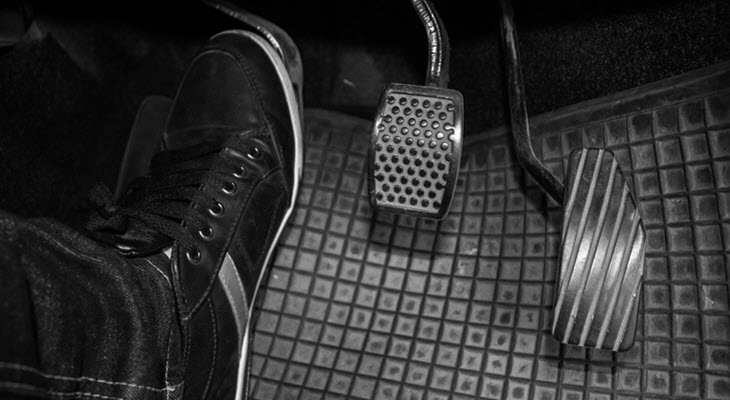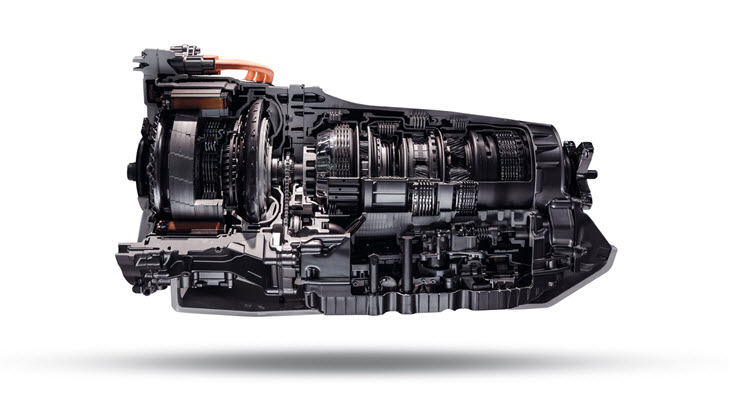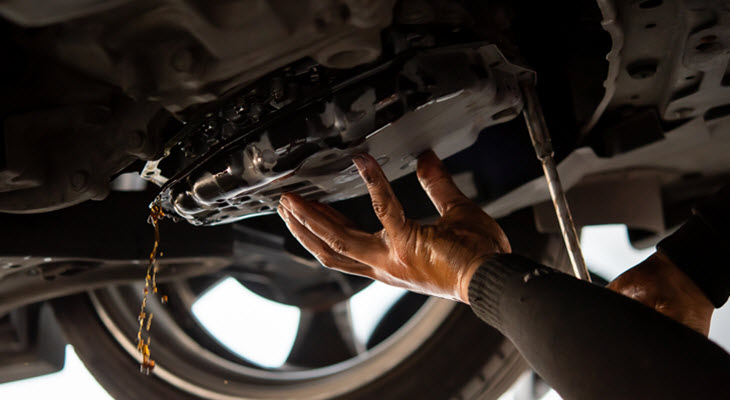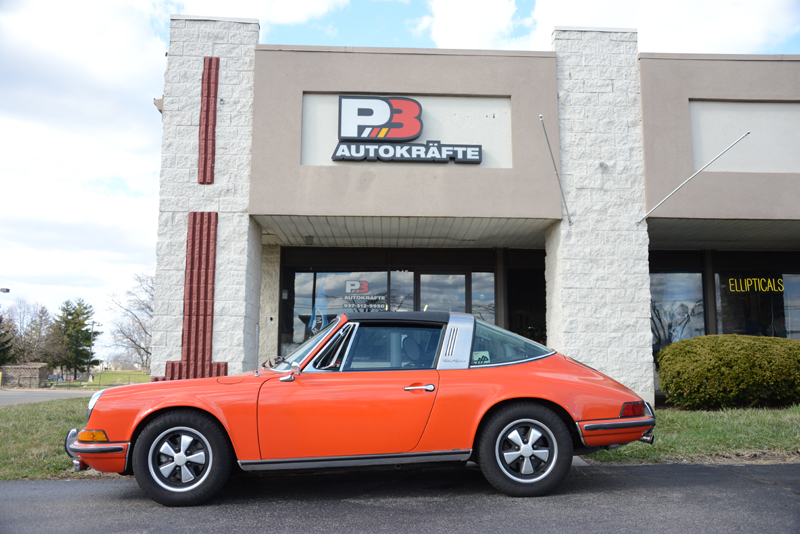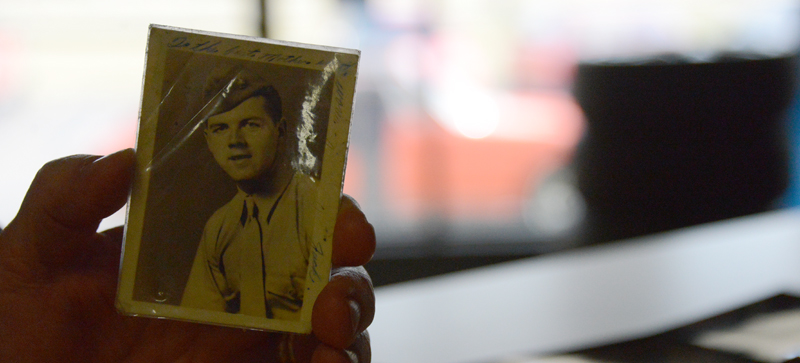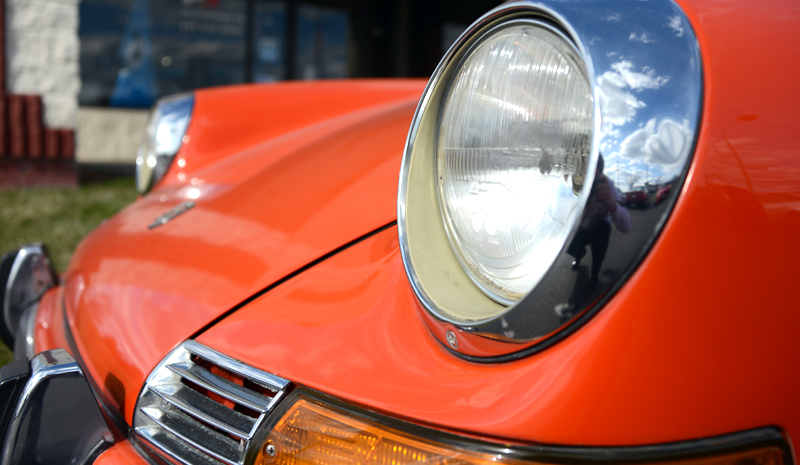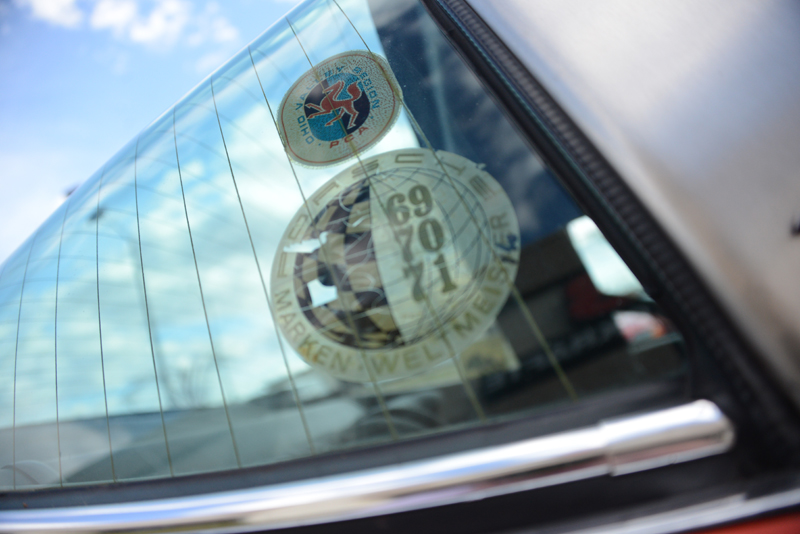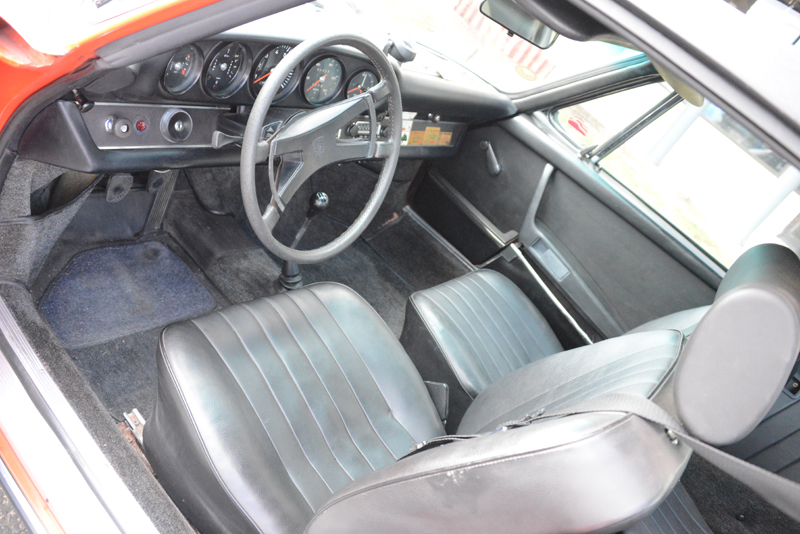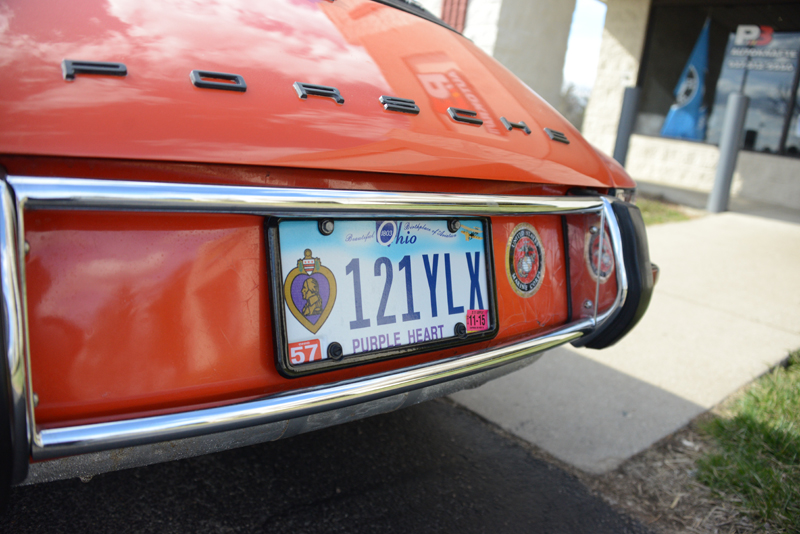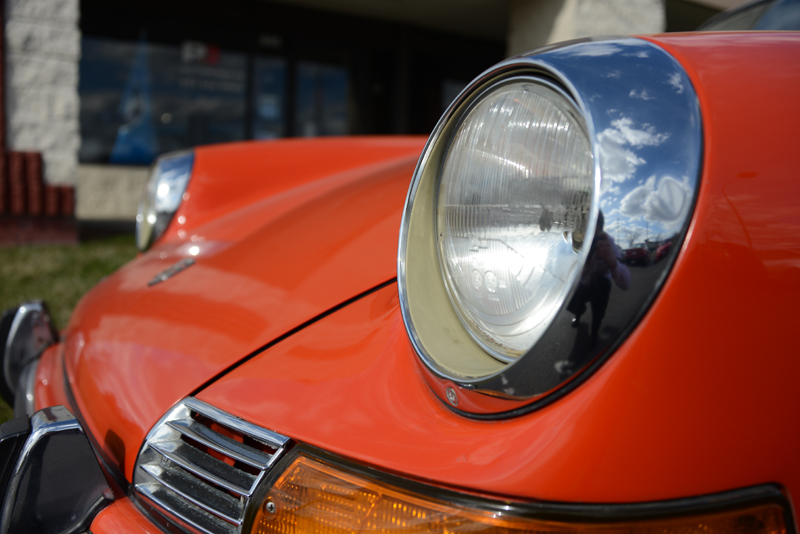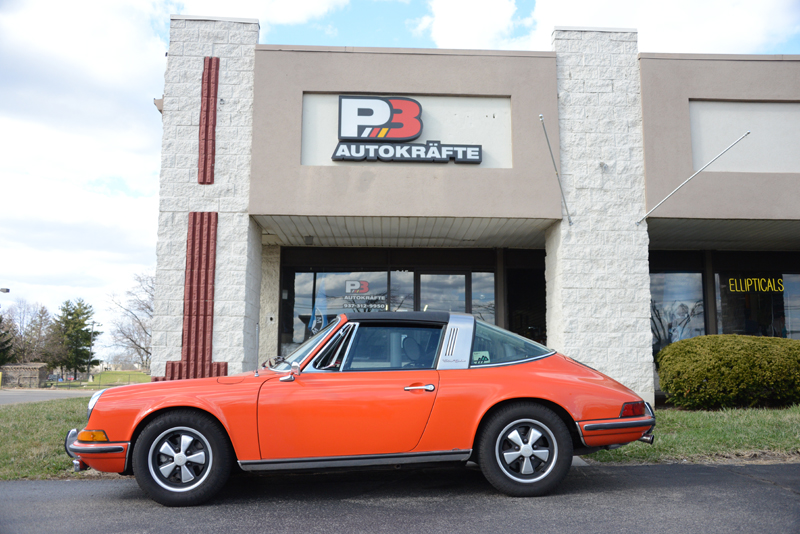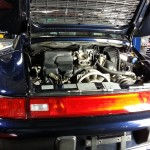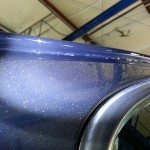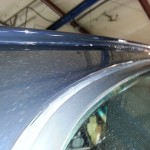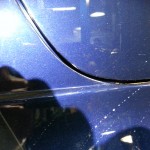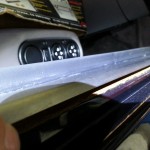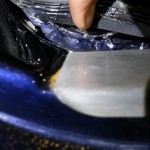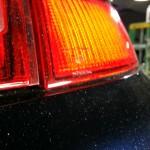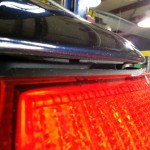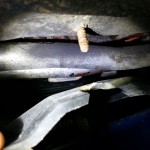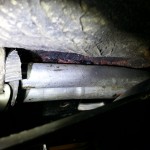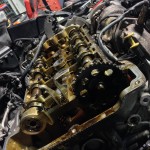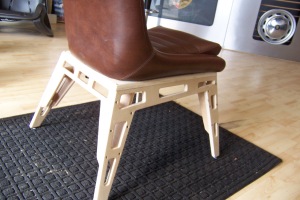As a proud owner of a BMW, you know that the clutch is one of the most important components of your car’s performance. It’s the link between the engine and the transmission, allowing you to shift gears and control the power of your car. But to maintain its performance, you need to take good care of it. In this article, we’ll discuss how to maintain your BMW’s clutch for maximum performance.
Don’t Ride the Clutch
One of the most common causes of clutch wear is “riding the clutch.” This is when you keep the clutch pedal partially engaged for extended periods, such as when you’re stuck in traffic or waiting at a red light. The constant friction and pressure on the clutch plates can cause them to wear out quickly, reducing the performance of your clutch.
To avoid this, try to keep your foot off the clutch pedal when you’re not using it. Instead, put the car in neutral and take your foot off the pedal altogether. This will reduce the wear on the clutch and improve its performance.
Use the Clutch Correctly
When you’re shifting gears, make sure to use the clutch correctly. Don’t release it too quickly or too slowly, as this can cause the clutch to slip or wear out. Instead, release the clutch smoothly and at a steady rate, matching the engine speed to the speed of the transmission.
Also, don’t use the clutch as a brake or a way to slow down the car. This puts unnecessary stress on the clutch and can cause it to wear out quickly. Instead, use the brakes to slow down the car and the clutch only when shifting gears.
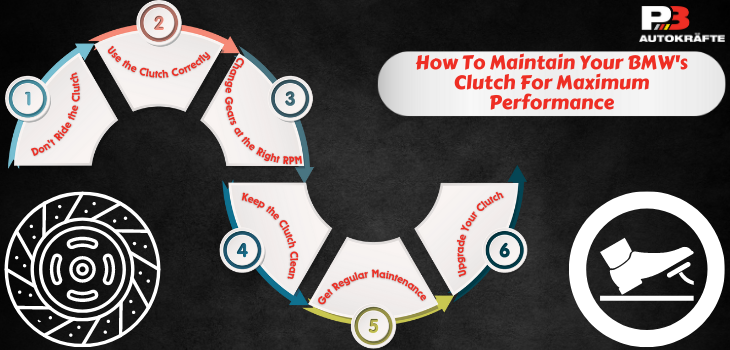
Change Gears at the Right RPM
Another way to maintain your BMW’s clutch is to change gears at the right RPM. Shifting gears at too low an RPM can cause the engine to stall, while shifting gears at too high an RPM can cause unnecessary wear on the clutch plates.
To avoid this, make sure to shift gears at the recommended RPM for your BMW model. You can find this information in your owner’s manual or by doing a quick search online. By shifting gears at the right RPM, you’ll reduce wear on the clutch and maintain its performance over time.
Keep the Clutch Clean
Over time, the clutch plates can get dirty or contaminated with oil or grease. This can cause the clutch to slip or wear out quickly, reducing its performance. To keep your BMW’s clutch clean, you should:
- Avoid driving through deep water or mud, as this can cause water or dirt to get into the clutch.
- Keep the engine and transmission clean, as this will reduce the amount of dirt and debris that can get into the clutch.
- Change the transmission fluid regularly, as dirty or contaminated fluid can cause the clutch to slip or wear out quickly.
Get Regular Maintenance
To maintain your BMW’s clutch for maximum performance, you should get regular maintenance from a qualified mechanic. This includes:
- Checking the clutch for wear and tear.
- Replacing the clutch if it’s worn out or damaged.
- Adjusting the clutch pedal if it’s too loose or too tight.
- Checking the hydraulic system for leaks or damage.
- Bleeding the clutch system to remove air bubbles.
- By getting regular maintenance, you’ll ensure that your BMW’s clutch is always in top condition and performing at its best.
Upgrade Your Clutch
If you’re looking to improve the performance of your BMW’s clutch even further, you may want to consider upgrading to a high-performance clutch. These clutches are designed to handle more power and torque than standard clutches, and they can improve the acceleration, shifting, and overall performance of your car.
When choosing a high-performance clutch, make sure to get one that’s designed specifically for your BMW model. You should also consider the type of driving you’ll be doing. If you’re using your BMW for everyday commuting, a standard upgrade may be sufficient. But if you plan on using your car for racing or other high-performance activities, you may want to invest in a more advanced upgrade.
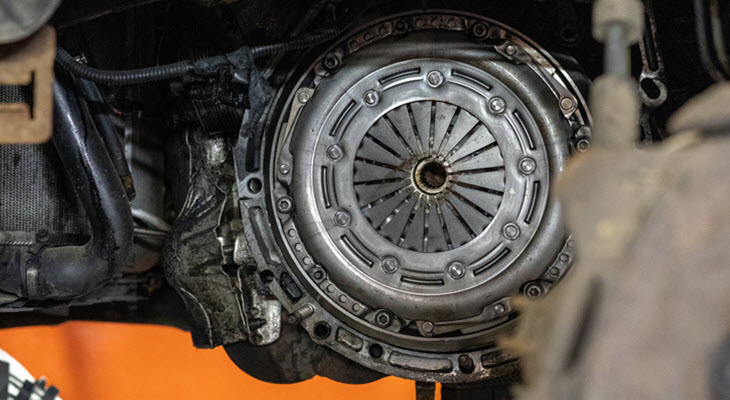
Clutch Upgrades at P3 Autokrafte
At P3 Autokrafte, we’ve got you covered. We understand your vehicle is a big investment, so for your peace of mind we provide one of the best warranties available today – a 3-year, 36,000-mile warranty. That way you know you’re safe in our hands and will receive only the highest quality auto repairs and service. We love serving German vehicle drivers from all around Centerville, Springboro, Bellbrook, Lebanon and Mason and would welcome the opportunity to make your vehicle the best it can be. Don’t hesitate to callor stop by today – we look forward to helping you feel confident in your vehicle again.
 7979 S Suburban Rd, Centerville, OH 45458
7979 S Suburban Rd, Centerville, OH 45458
